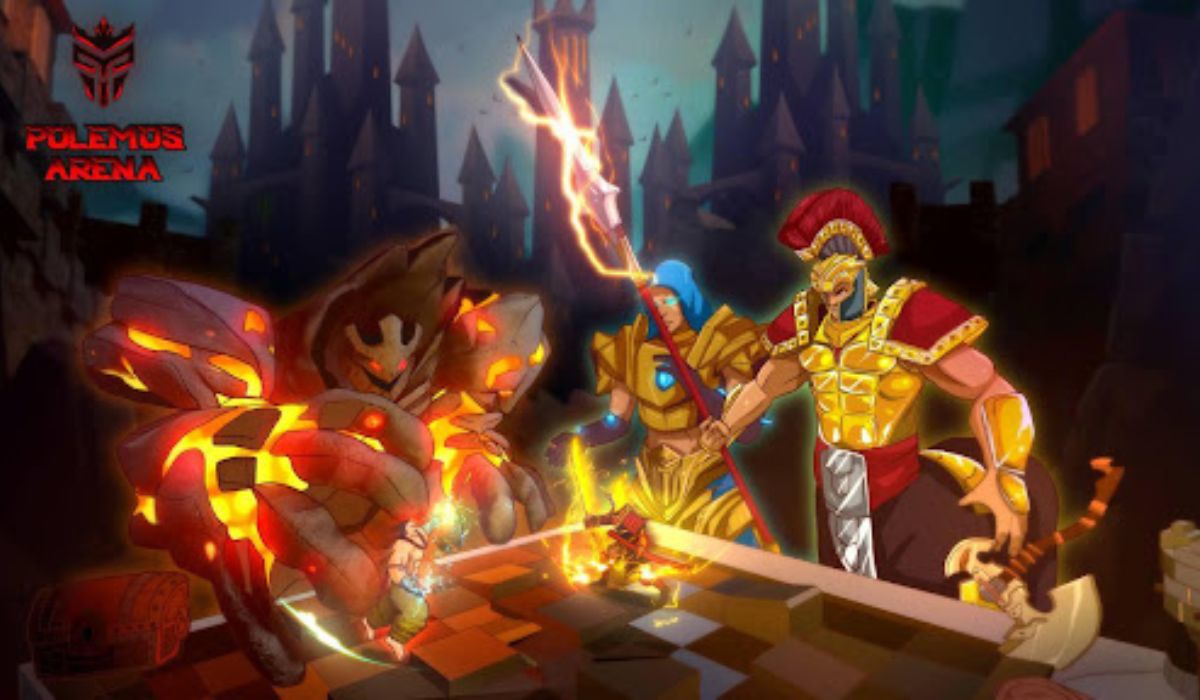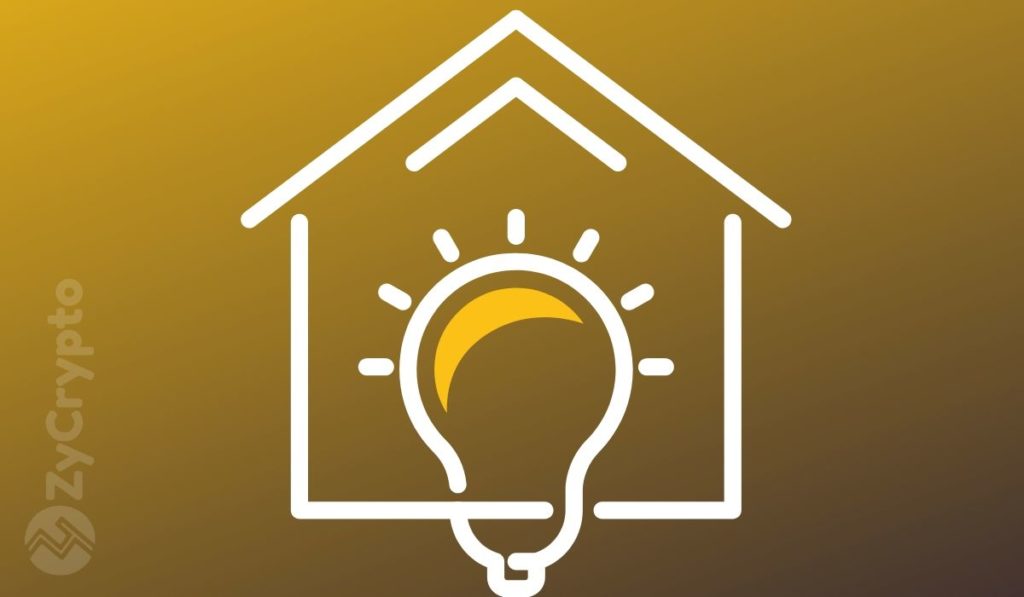2021-7-13 17:14 |
Competition is healthy in any technological industry. Cryptocurrencies and blockchain are no exception to this unwritten rule. The growth of Binance Smart Chain throughout 2020 and 2021 has been remarkable and shows no signs of slowing down just yet.
The Ongoing Success Of Binance Smart ChainDevelopers have multiple blockchain ecosystems to explore for building new applications, products, and services. However, until very recently, Ethereum was the only blockchain worth noting, even though smaller ecosystems have provided support for smart contracts and the likes. Ethereum is a developer-oriented ecosystem capable of facilitating many use cases, ideas, and products. Unfortunately, the network suffers from scaling issues and high transaction fees.
Despite those shortcomings, hundreds, if not thousands, are building on Ethereum’s technology stack. Some will do so directly, whereas others explore opportunities on Layer 2 levels to achieve better scaling and efficiencies. Although this model works, Etheruem’s “dominance’ has come under threat from competing ecosystems, Mainly Binance Smart Chain is of great interest lately, particularly for decentralized finance and NFT purposes.
The main reasons why people flock to Binance Smart Chain is its better scaling and far lower transaction costs. Whereas completing actions on Ethereum can cost up to $200, performing the same activity on Binance Smart Chain will cost $1 or less. That is a severe gap in costs, primarily thanks to a difference in scalability between the ecosystems.
Per DAppradar, it becomes apparent the decentralized applications on the Binance Smart Chain generate a lot of weekly volume. PancakeSwap leads the pack with $5.26 billion, ahead of Rabbit Finance’s $1.36 billion and Autofarm’s $1.04 billion. Similar to Ethereum, decentralized finance solutions and decentralized exchanges remain the popular solutions. It creates a healthy rivalry between both ecosystems, which will ultimately benefit the users.
Despite the recent crypto market dip, it seems unlikely this competition will cool off all of a sudden. Instead, it will likely flare up even further and can eventually result in Binance Smart Chain threatening Ethereum’s top position. PancakeSwap can compete with UniSwap, and most DeFi applications are comparable as well. As developers seek out more viable alternatives to build their applications and products, exploring the different blockchains at one’s disposal is essential.
https://t.co/xP3o61e2dl community governance proposal was accepted after 3 days' voting. Our community said YES! 75% total supply of YEFI token has been burnt; from 84 million to 21 million, just as the total supply of Bitcoin. #Governance #DeFi #Crypto #YEFI pic.twitter.com/8sguddNrGf
— YeFi.one (@yefi_platform) July 8, 2021 More Projects Are ComingOne cannot ignore the ongoing growth of Binance Smart Chain as a Dapp and DeFi ecosystem. It is no longer a matter of developers building projects solely on one blockchain. The next generation of products and services needs to be cross-chain compatible. Doing so allows for attracting more users, liquidity, and ideas. Building bridges between the different blockchains is the next significant step forward.
The daily transaction chart for Binance Smart Chain confirms a growth peak, which is now slowly leveling out at lower levels. Even so, the network processes roughly 4 million transactions per day, compared to just 38 transactions in August of 2020. That is still remarkable growth for this blockchain ecosystem. It also highlights the potential for BSC to compete with Ethereum in the future. Additionally, the network sees over 55.000 new addresses per day, which is a significant milestone.
As more projects come to Binance Smart Chain, the ecosystem will become more valuable to users and developers alike. There are many options to explore, and any venture embracing cross-chain compatibility will be a welcome addition. Yefi.One is such a project that explores the connection of different networks, including Binance Smart Chain and PancakeSwap. A smart contract platform with a high APY on staked coins is another notch in the belt for the growing DeFi industry.
More importantly, Yefi.one is a non-custodial protocol that aims to explore opportunities beyond decentralized finance. The team is building a decentralized exchange solution and integrating support for non-fungible tokens. Putting multiple services on the same banner requires highly scalable ecosystems, and bridging the Binance Smart Chain is logical. Thanks to the project’s high staking yield and overall APY, it can quickly become a significant competitor in decentralized finance.
Closing ThoughtsThe future of cryptocurrency and blockchain lies with embracing cross-chain compatibility. Any project or service only accessible on one blockchain will eventually become obsolete. While competition between blockchains is a healthy trend, it is equally vital to embrace other networks’ strengths and leverage those. Decentralized applications are built for the people globally, not for one particular crypto community.
Whether Binance Smart Chain will outpace Ethereum’s growth remains unclear. What is clear, however, is the demand for decentralized finance and staking-related services. As more of those products make their way to BSC, exciting things are on the horizon for everyone.
origin »SmartCash (SMART) на Currencies.ru
|
|






















